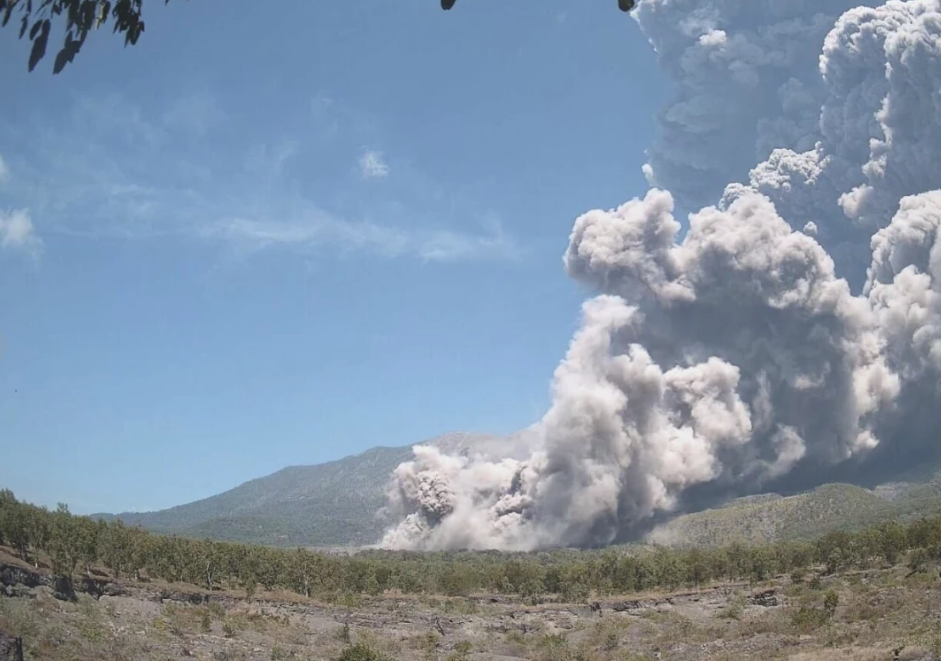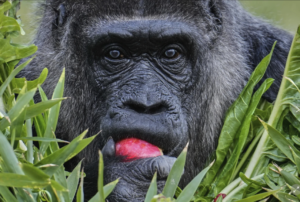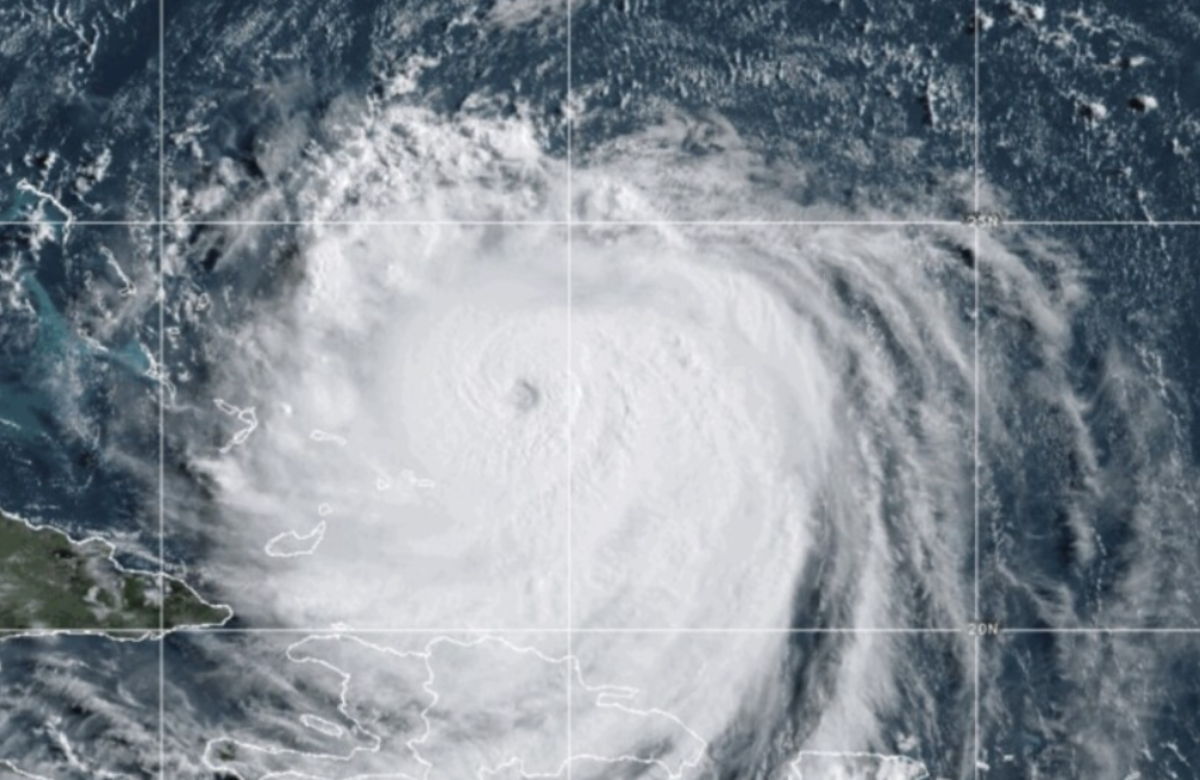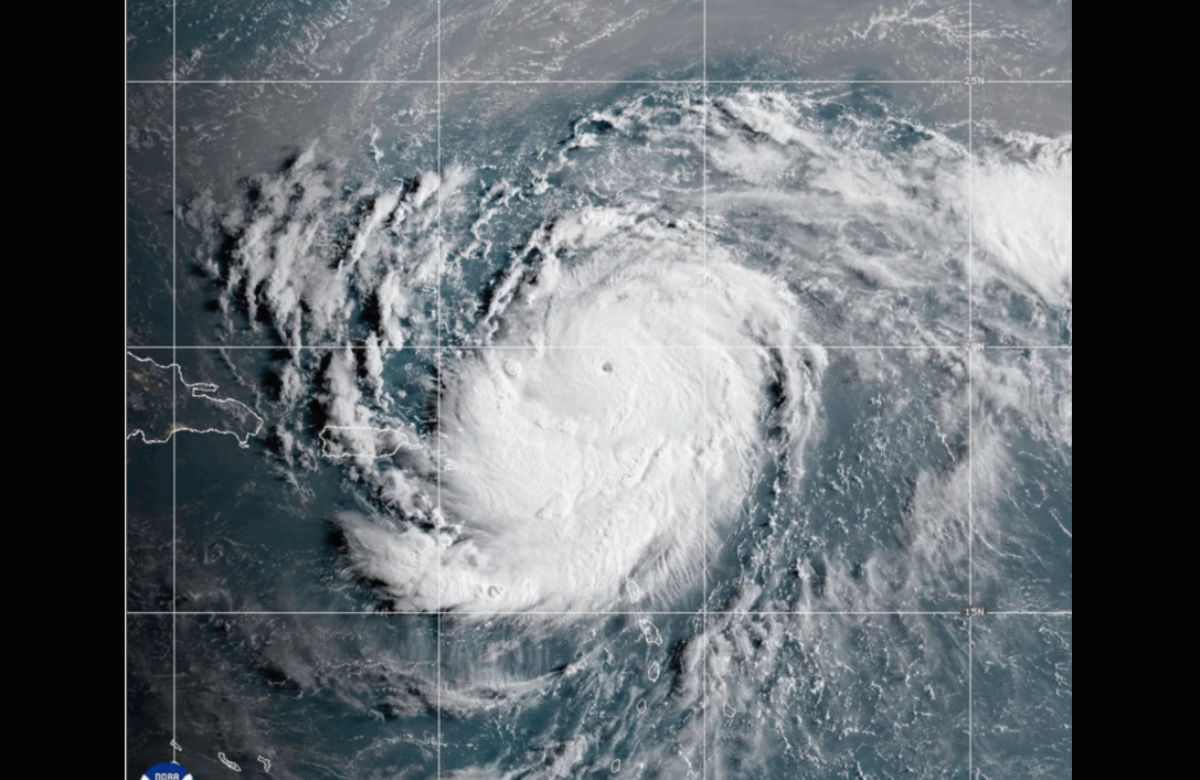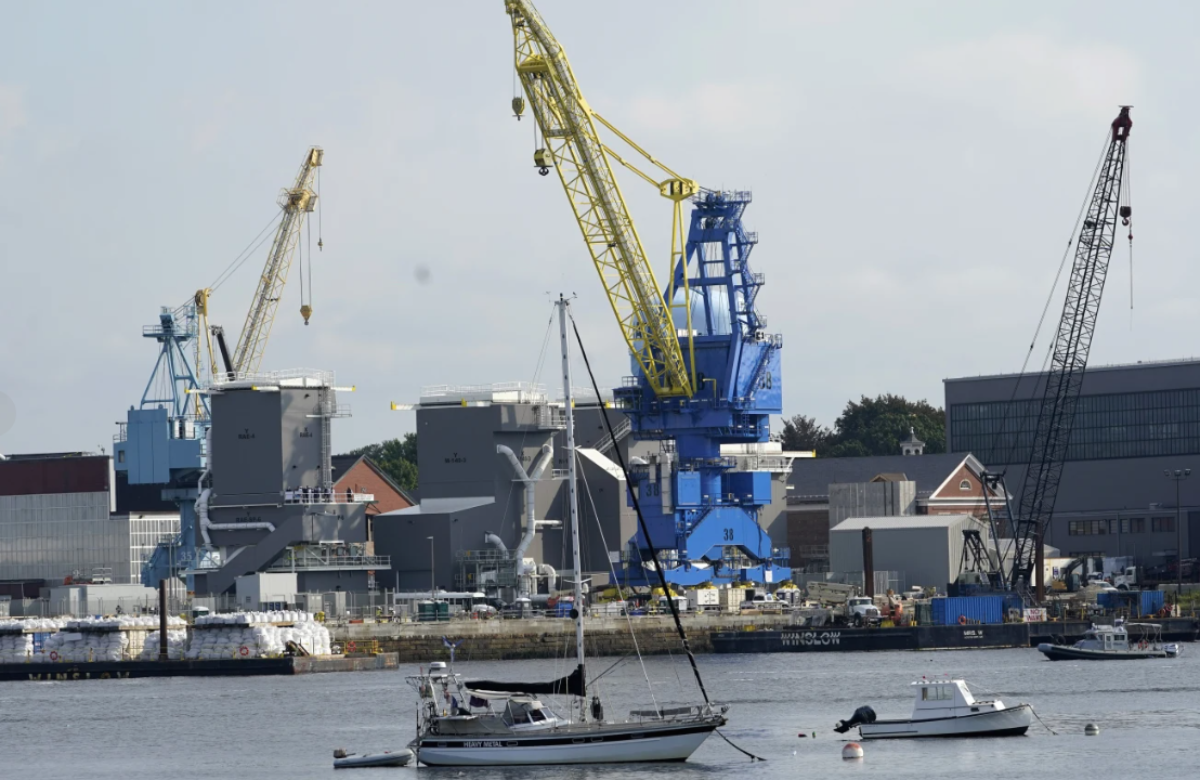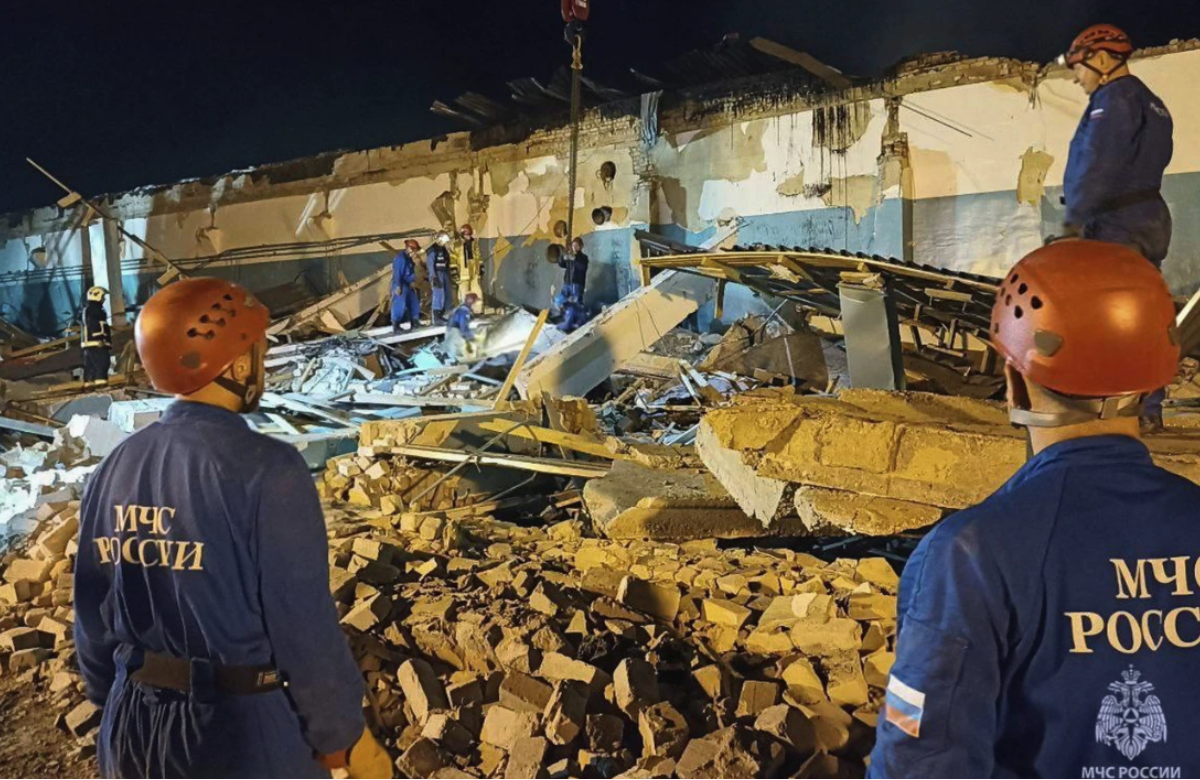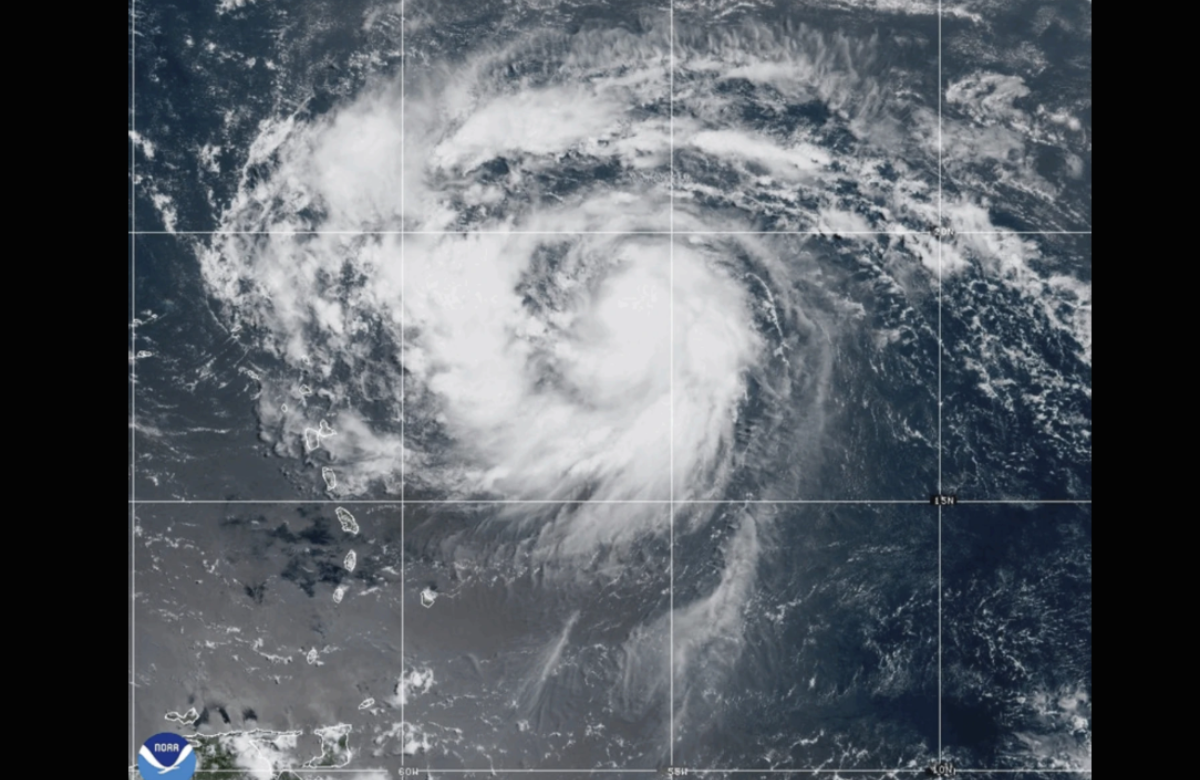Thick volcanic ash blanketed roads and rice fields in south-central Indonesia on Tuesday as Mount Lewotobi Laki Laki erupted for a second consecutive day, forcing residents to wear masks and remain indoors. The latest eruption occurred at dawn, launching lava and ash clouds as high as 4 kilometers (2.4 miles) into the air.
This followed two dramatic eruptions on Monday—one in the afternoon that sent ash soaring up to 18 kilometers (11 miles) into the sky, and another in the evening that propelled volcanic material 13 kilometers (8 miles) high. The volcano, located on Flores Island, has remained at its highest alert level since June 18, when its exclusion zone was widened to a 7-kilometer (4.3-mile) radius.
Images and videos shared online showed villagers fleeing under heavy ashfall and motorists navigating poor visibility as ash clouds expanded into a towering mushroom-shaped plume. According to Abdul Muhari, spokesperson for the National Disaster Mitigation Agency, there have been no reported casualties. He noted that communities around the volcano have become more aware of how to reduce disaster risks, especially as eruptions have increased since late 2023.
Initial assessments by local authorities estimate that more than 10,000 residents in 10 villages across East Flores and Sikka districts have been affected. Villages like Nawakote, Klantanio, Hokeng Jaya, Boru, Pululera, and Wulanggitang were blanketed in ash and volcanic rocks, turning roads and rice fields into a muddy gray expanse. Schools in these areas have been closed since Monday to protect students and staff.
“The air was filled with the thick scent of sulfur and ash—it was painful to breathe,” said Very Awales, an official with Sikka district’s public information office.
Authorities have distributed 50,000 face masks and are advising residents to stay indoors and watch for heavy rain, which could trigger dangerous lava flows in rivers descending from the volcano. Drones observed lava filling the crater, indicating deep magma movement and volcanic earthquakes. The eruption also released searing gas clouds, hot gravel, and lava flows traveling as far as 5 kilometers (3 miles) down the slopes.
Two regional airports, in Maumere and Larantuka, remain closed, according to disaster officials. Meanwhile, dozens of flights to and from Bali’s Ngurah Rai International Airport were delayed or canceled, although airport operations continue as normal. Officials said volcanic ash had not entered Bali’s airspace.
Monday’s eruption is considered one of Indonesia’s most powerful since the 2010 eruption of Mount Merapi on Java, which killed 353 people and displaced more than 350,000.
Indonesia, home to more than 280 million people, sits along the seismically active Pacific “Ring of Fire” and has 120 active volcanoes. Earthquakes and eruptions are common throughout the archipelago.
Also Read:
Indonesia’s Mount Lewotobi Laki Laki volcano Erupts, Massive Ash Cloud Seen 90 Miles Away!
Indonesia’s Mount Lewotobi Laki Laki volcano erupts, prompting alert level to be raised
